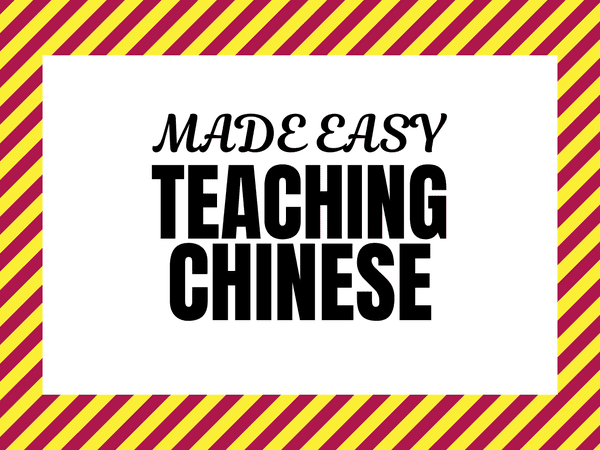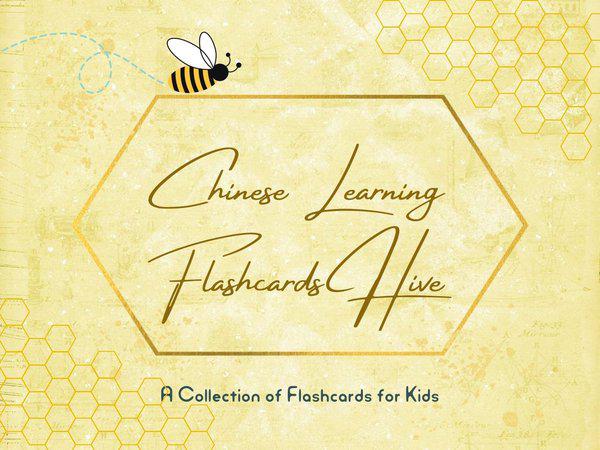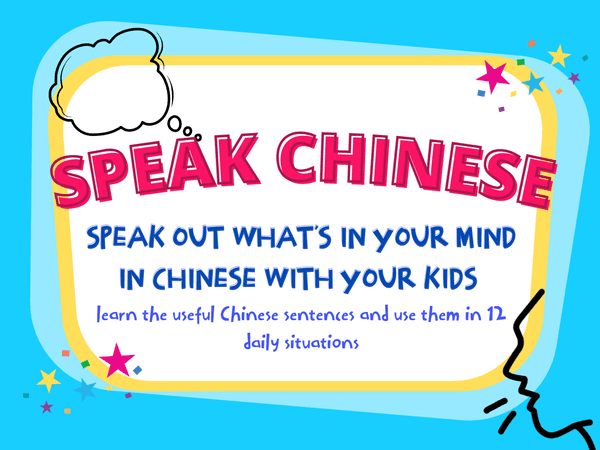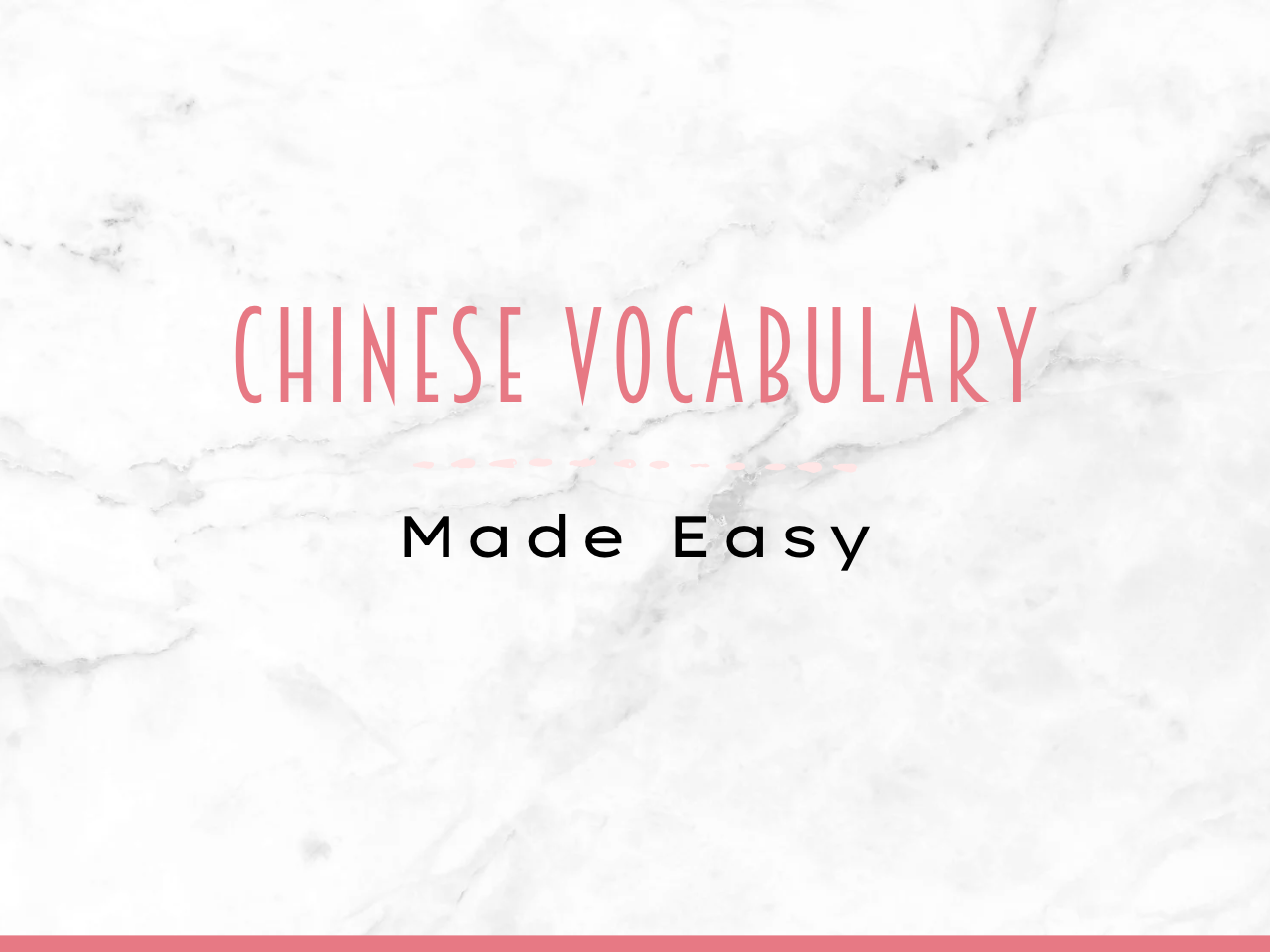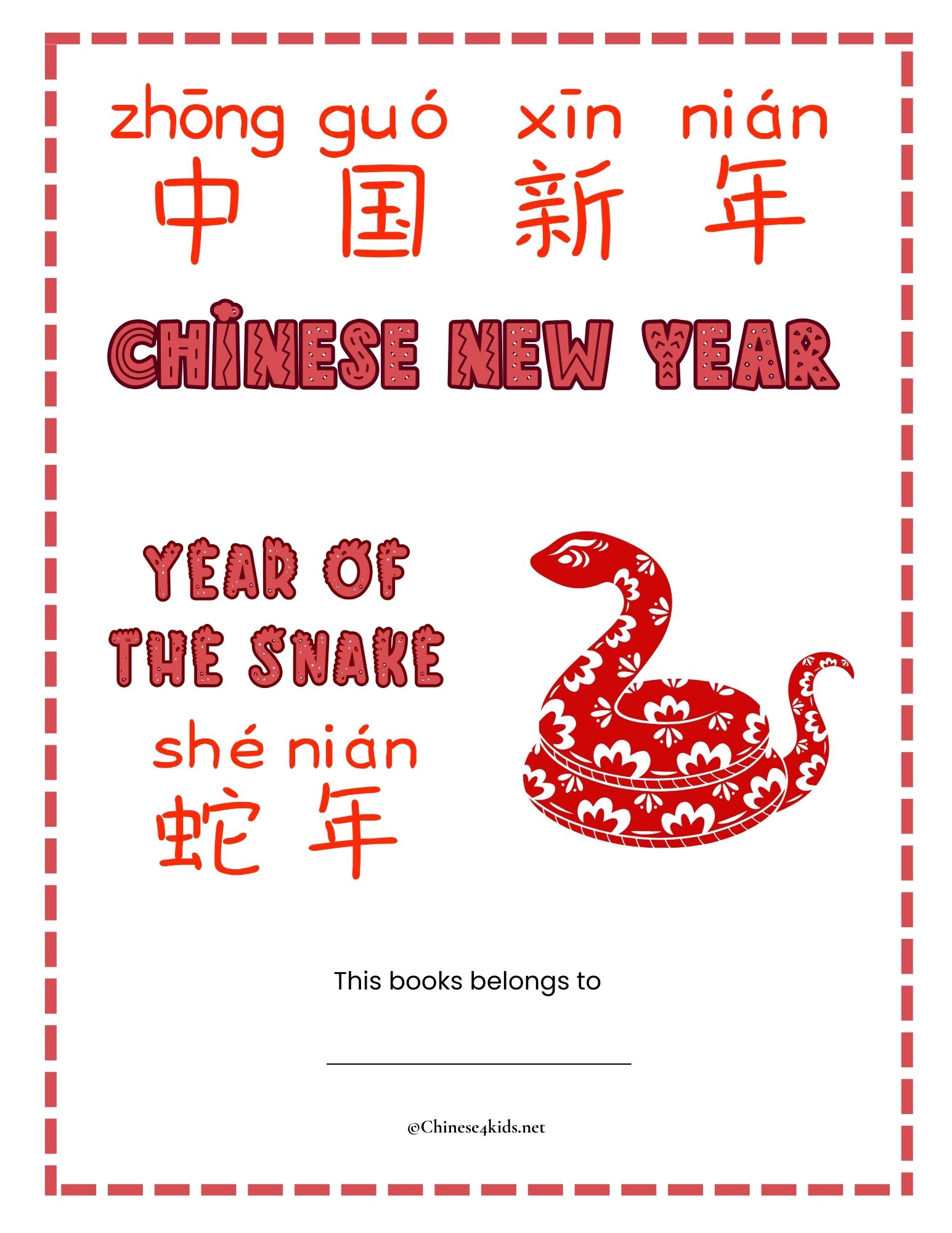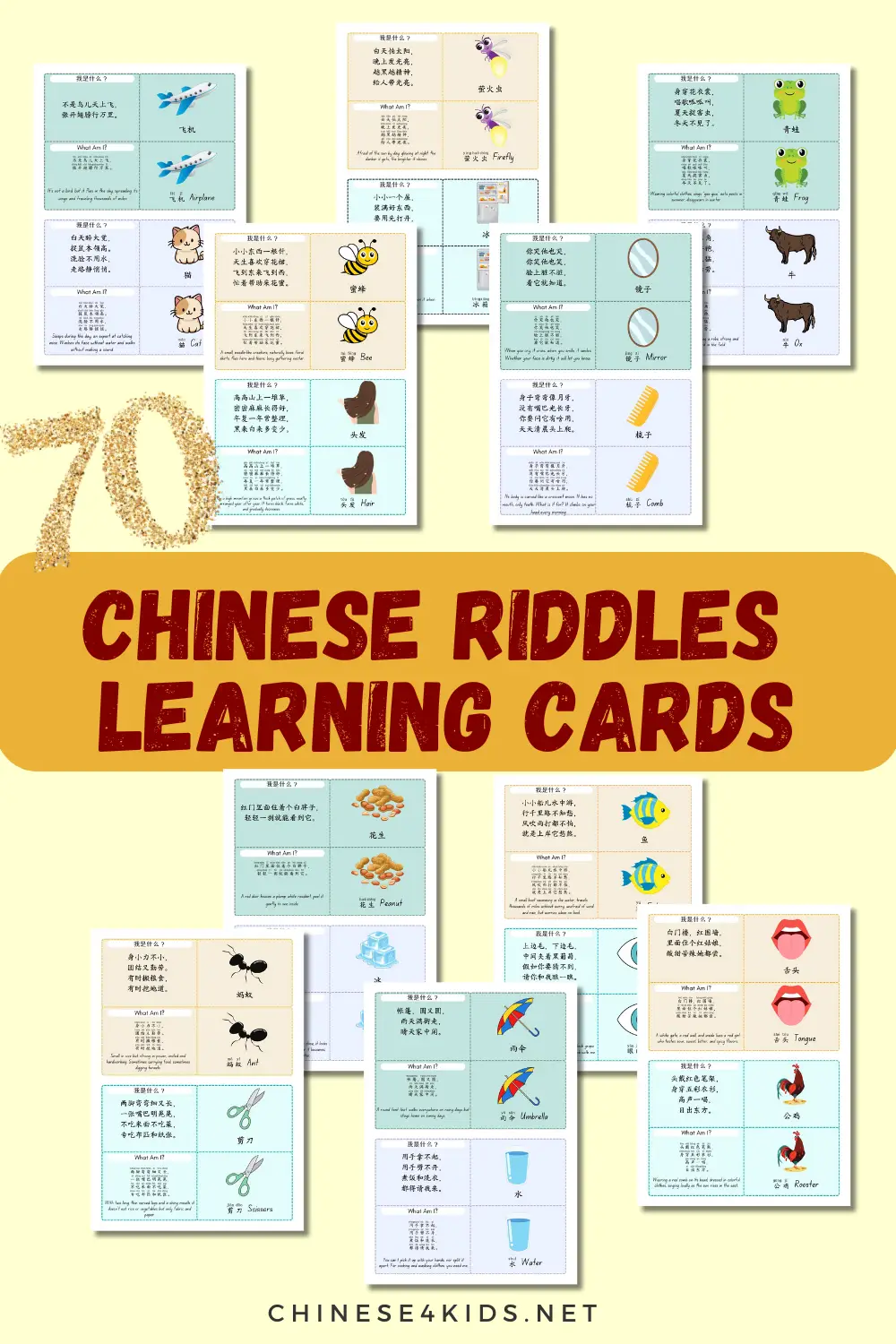
Home » Chinese language practice » What are the Chinese Punctuation Marks
What are the Chinese Punctuation Marks
Like English, there are many punctuation marks to organize and clarify the Chinese language. There are some similar punctuation marks as well as some different marks.
So, what are the Chinese punctuation marks?
In fact, we can categorize the Chinese punctuation marks into two groups: the ones that are similar to the western punctuation marks and the ones that only exist in the Chinese language.
Punctuation Marks that are similar to the Western Ones
Because punctuation marks in Chinese are actually derived from the Western language system, there are some common marks that have the same appearance, meaning and can be used in similar ways. Here are some examples:
? (问号/wèn hào) question mark
! (惊叹号/jīng tàn hào) exclamation mark
: (冒号/mào hào) colon
; (分号/fēn hào) semicolon
( ) (括号/ kuò hào ) parentheses
, (逗号/dòu hào) comma. Please note: this comma can be used as it is used in the Western language except that it cannot be used to list things of similar nature. There is another type of comma (enumerated comma) for this purpose.
” ” (引号/yǐn hào) quotation marks
Punctuation Marks That Are Different from the Western Ones
A big difference in terms of the Chinese punctuation marks and their Western counterparts is the space Chinese punctuation marks take. Instead of one space, the Chinese punctuation marks normally take 2 letter spaces. The reason is that Chinese characters take 2 letter spaces. There are also some marks which only exist in Chinese. For example:
。 (句号/jù hào) full stop. It is the same as a period we are familiar with.
、 (顿号/dùn hào) enumerated comma. It is used when listing things of similar nature in sentences.
《 》 (书名号/shū míng hào) title marks. They are used to signify the titles of books, magazines, newspaper articles as well as movies.
Examples of Using the Chinese Punctuation Marks
Would like to listen to how to pronounce the punctuation marks and see some examples, watch the video.
You May Also Be Interested:
- Chinese4kids Membership – a portal for busy Chinese teachers and parents
- Chinese learning flashcards Hive – a flashcards library that with regular additions of new quality Chinese learning flashcards
- Chinese learning worksheets collection – Also a part of Chinese4kids membership, this collection is for teachers and parents who want to have access to engaging worksheets and activity sheets created for kids learning Mandarin Chinese as an additional language
- Speak Chinese with Kids Course
- Chinese Vocabulary Made Easy Course


